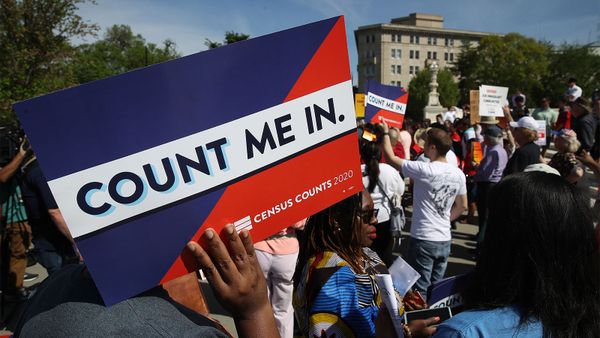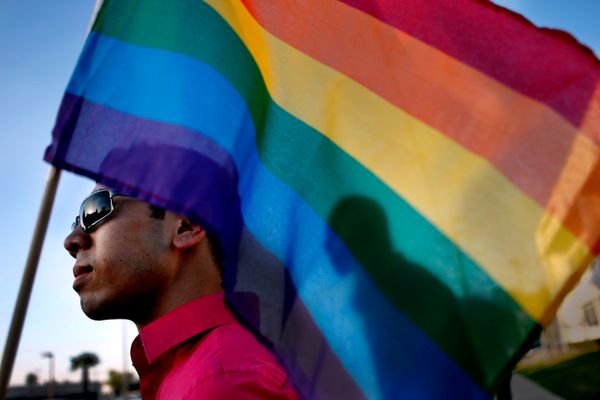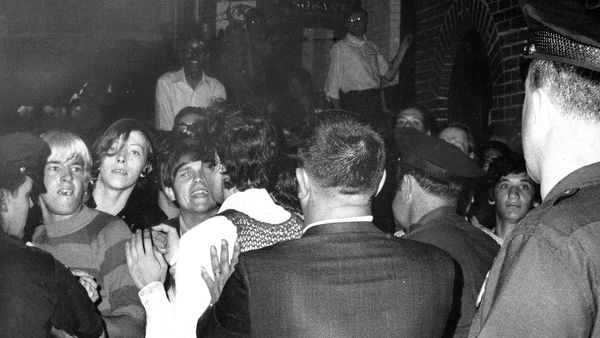The simple question of "How many?" raises two very important sub-questions, with answers that are seemingly much more straightforward (if, perhaps, not quite in the "simple" category).
- What's the big deal in knowing exactly how many Americans are LGBTQ?
- What can be done about arriving at more accurate numbers?
To take the second question first, the Task Force, the HRC and many other organizations have been pushing for years to include questions of sexual orientation and gender identity on the U.S. Census (taken every 10 years) and the Census Bureau's American Community Survey (ACS). The ACS, according to the Census Bureau, is "the premier source for detailed population and housing information about our nation." The ACS is ongoing. Some 295,000 surveys a month are mailed to addresses across the U.S.
The ACS provides a veritable treasure trove of population data for federal and state agencies, businesses, special interest groups, journalists and those who want to know more about the communities in which they live.
There's not a question about sexual orientation or gender identity on it.
"I believe, given the information that I have ... that the federal agencies recognize a real need for having sexual orientation and gender identity questions on the ACS," Maury says. "And I think that the Census Bureau was ready to move forward with that until this new administration came into office."
Maury is of course referring to the Trump administration. In March 2017, in the first months of the President Trump's days in office, the Bureau announced that "sexual orientation and gender identity" would not be a topic on the ACS or the upcoming 2020 Census. (Embarrassingly, it was listed as a proposed topic in an official Bureau document. It was struck just hours later, giving the impression that the Trump administration erased it from something the Obama administration had authored.)
"The federal government has until recently been hostile to LGBTQ people, by and large, and certainly unwilling to even try to attempt to collect this information," HRC's Stacy says. "That obviously began to change with the Obama administration. But we're seeing some retrenchment in the Trump administration around these questions."
At least one question on sexual orientation (but not gender identity) is expected to make it onto another Census Bureau questionnaire, the 2020 Census Barriers, Attitudes and Motivators Survey (CBAMS), according to reporting by NPR. The CBAMS is not as wide-ranging as the ACS. But it's a good first step and it's critical, Maury and others say, in determining why some members of the LGBTQ community may or may not participate in the 2020 Census or the ACS. Even more, it's critical in gaining an understanding of the types of questions that should be included on future surveys and the need to answer (and understand those answers) accurately.
"When you ask somebody a question like, 'What is your sexual orientation?' or however you'd phrase it," Stacy says, "you have to make sure when you ask it that people understand what you're asking and that you're understanding what they mean [with their response]."



